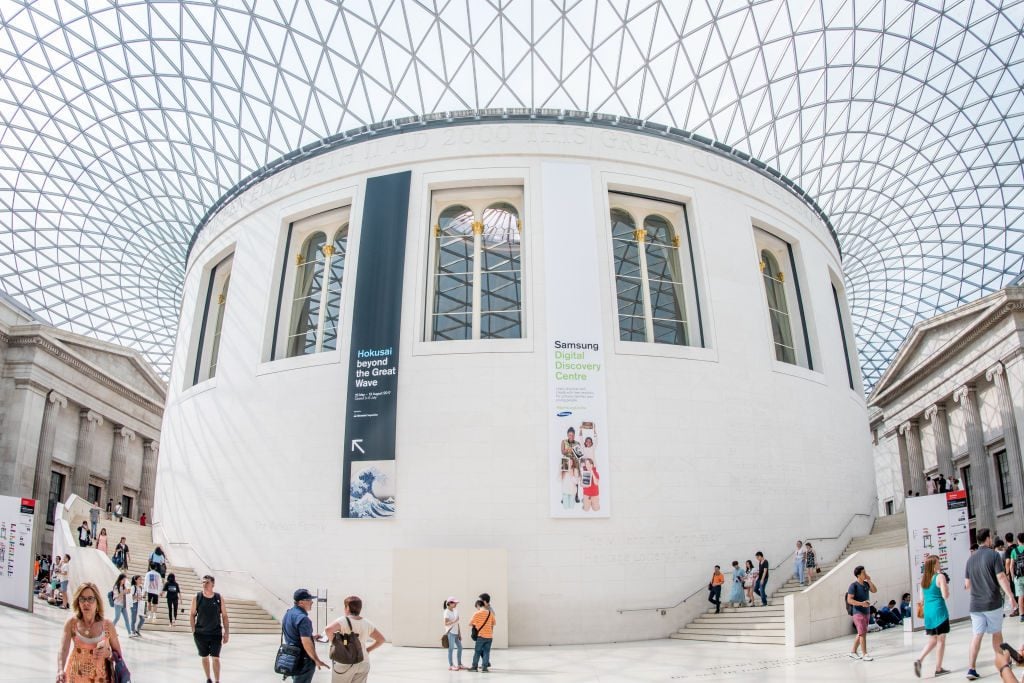Art World
Boris Johnson Told UK Museums They Can Reopen on July 4—But Museum Directors Say They Need Longer to Prepare
Leading museum directors have welcomed the decision, but have not given firm dates for reopening.

Leading museum directors have welcomed the decision, but have not given firm dates for reopening.

Naomi Rea

The UK prime minister Boris Johnson has announced that museums and non-commercial galleries will be able to open from July 4 as part of the country’s gradual easing of lockdown. While leading national museum directors have embraced the lifting of restrictions, none have been able to provide specific dates for when they will reopen.
The directors of Tate, the Science Museum Group, the Natural History Museum, National Gallery, British Museum, and Victoria and Albert Museum, which have been closed since mid-March like most institutions in the UK, welcomed the decision allowing them to reopen to the public this summer in a joint statement.
“We will now work closely with government, trade unions and supporters to see how and when we can open our doors again in a financially sustainable manner, for the long term,” the statement says. “The British public have faced a wretched few months of isolation, loss, and anxiety in confronting the COVID-19 pandemic. The reopening of museums—whose galleries speak to the creative, resilient power of the human spirit—will provide solace and inspiration as Britain looks to the future.”
Yet most museums have admitted that they are unsure when, exactly, they will be able to open their doors. On Twitter, the National Gallery said they “are working hard” on establishing reopening plans, a tone echoed by many other museums.
In a speech at the House of Commons today, June 23, Johnson said that the government was further easing lockdown as it does not believe there is currently a risk of a second peak of infections. From July 4, the current social distancing rule will also be reduced to 3.3 feet.
“Today we can say that out long national hibernation is beginning to come to an end,” Johnson said. The new rules will also allow many pubs, restaurants, and hotels to reopen. Meanwhile, some experts have warned that moving out of lockdown too soon could put the public at further risk of infection.
Despite the enthusiasm over the easing of restrictions, it is unlikely that many of the UK’s national museums will be able to reopen as early as July 4 given the complex arrangements needed to safeguard collections, staff, and visitors.
“As a union we are working with heritage employers to make sure re-opening can happen safely,” Mike Clancy, the general secretary of the Prospect trade union, which represents most of the UK’s leading museums and galleries, says in a statement.
There is also a long road ahead before museums can recover from the financial impact of being closed for so long.
“With social distancing in place and tourism unlikely to recover for a while, it is unlikely we will see an immediate bounce back to pre-pandemic visitor numbers. With heritage institutions now reliant on private funds for up to 80 percent of their revenue they still face an existential threat,” Clancy warns, urging the government to do “whatever it takes” to see museums and galleries through the recovery over the next few years.